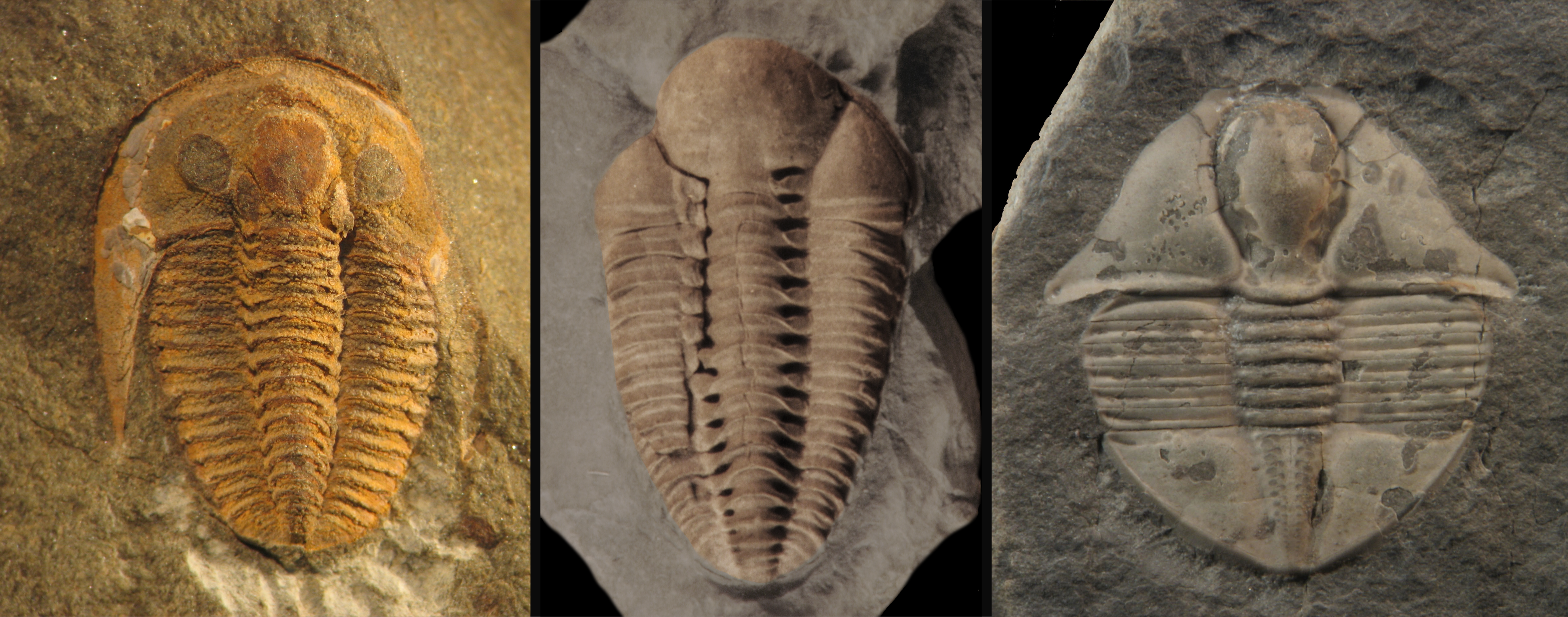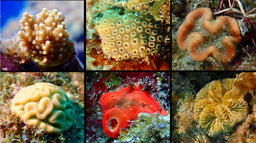Perspectives of an open science practice. Collective construction of a morphological database of trilobites
Published in Research Data

Trilobites are an emblematic fossil group of the ecosystems of the Palaeozoic Era that inhabited the seas for about 270 million years. These early biomineralized arthropods were especially successful during the Cambrian Period and at the beginning of the Ordovician (between 521 and 470 million years ago), when they acquired their greatest diversity. The Silurian and Devonian periods still witnessed their ongoing diversification, however, the Late Devonian extinction (360 Ma ago) hit hard and the group finally become extinct at the end of the Palaeozoic. Diversity, however, is a combination of various aspects, and can represent the phylogenetic, taxonomic, morphological or ecological variability of life. Each of its constituents requires different methods of analysis, different modes of understanding, and, ultimately, different approaches for its study. While all analytical aspects are relevant to understanding the processes affecting biota, macroevolutionary and macroecological patterns have been primarily discussed in taxonomic terms. In turn, morphological diversity also known as disparity has been less explored to address these issues. Its integration with taxonomic diversity represents a powerful tool to answer questions related to biological changes at different scales, from the species level to large-scale radiations, extinctions, recoveries, turnovers that happened in deep time. Given their excellent fossil record and high diversity and abundance, trilobites offer an ideal avenue for the understanding of mechanisms underlying ecological and evolutionary patterns from different approaches, such as the quantification of their taxonomic and morphological diversity in time and space.

Ordovician and Devonian trilobites from Argentina. From left to right: Maurotarion (Malvinotarion) gaucho Rustán and Vaccari 2010 (Emsian), Mendolaspis salagastensis Rusconi 1951 (Darriwillian), Tormesiscus gloriae Waisfeld, Edgecombe and Vaccari, 1994 (Emsian)
To date the Paleobiology Database (PBDB) stands as the most complete public resource for published paleontological data, regarding collection-based occurrence and taxonomic data. The possibility of integrating morphometric data with occurrence data from the PBDB provides an excellent opportunity to address large-scale palaeobiological studies. However, very few large-scale, public morphological datasets are currently available for Life and Earth Sciences, including Palaeontology.
With all this in mind, TriloMorph was born. A broader access to data optimises time and resources, promotes collaboration, efficiency and transparency of research, and in this way encouraging global scientific networking. Rooted in the philosophy of open science, and from the interaction between different research teams, TriloMorph took the form of a dynamic and collaborative database that includes morphological information of trilobites quantified by means of geometric morphometrics state-of-the-art methods.
This idea was conceived from a three-year international cooperation project, which included research groups from Argentina and France and involved several scientific visits, fostering the exchange of knowledge and ideas and promoting collaboration of all co-authors. By searching for published literature, using the occurrence data from the PBDB as a guide, and using our own experience in taxonomy and geometrics morphometric approaches on trilobites, we compiled a morphological dataset for 280 specimens, particularly of two major anatomical structures, namely the cephalon and the pygidium. Due to the great clade’s diversity of forms, the first real challenge was to develop a landmark acquisition protocol that encompasses overall trilobite diversity. Once we had a database representative enough, we were thrilled to see the ability of our landmarking template to distinguish the main morphological variations among globally distributed, Devonian trilobites, on which we focused this first release. The database is, therefore, a collection of data files overseen by a main table designed to contain specimen-level traits for the considered taxa, accompanied by contextual data, such as taxonomic, morphological, geographic, and stratigraphic information.
TriloMorph emerges as the first online, dynamic and collaborative morphometric repository for trilobites, enhancing the possibility of performing global palaeobiological research, providing a major complement to current occurrence-based databases. A static release of TriloMorph is available through the Universidad Nacional de Córdoba data repository and Zenodo (https://rdu.unc.edu.ar/handle/11086/547753), while a dynamic collaborative version is available in GitHub (https://github.com/balsedie/trilomorph). Storing data in a sharable form is indeed a significant effort, it demands an accurate and comprehensible organisation of data. For this we provide a template for morphometric data acquisition, codes and functions for data input, manipulation and analyses, as well as tutorials for its use at Github. For transparency, we also provide a section on the GitHub repository where all contributors to TriloMorph are recognized and made visible. By these means, we encourage the scientific community to utilise, enhance and collaborate with TriloMorph fostering the growth of a comprehensive database over time.
The full paper includes a thorough explanation of the general landmarking protocol and database functionality, it can be found here: https://www.nature.com/articles/s41597-023-02724-9
Follow the Topic
-
Scientific Data

A peer-reviewed, open-access journal for descriptions of datasets, and research that advances the sharing and reuse of scientific data.
Related Collections
With Collections, you can get published faster and increase your visibility.
Data for crop management
Publishing Model: Open Access
Deadline: Jan 17, 2026
Computed Tomography (CT) Datasets
Publishing Model: Open Access
Deadline: Feb 21, 2026






Please sign in or register for FREE
If you are a registered user on Research Communities by Springer Nature, please sign in